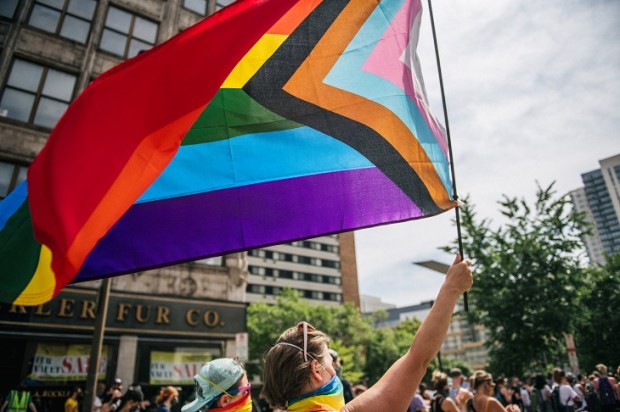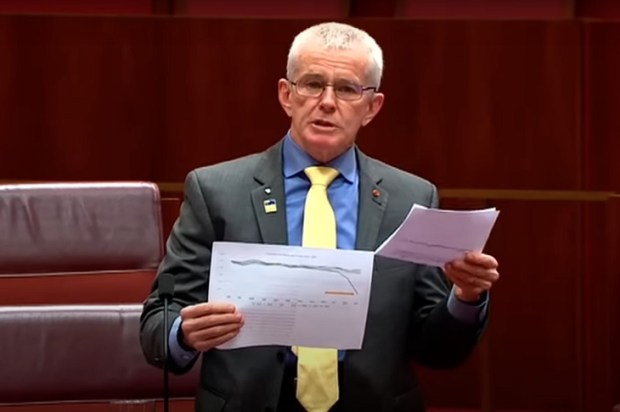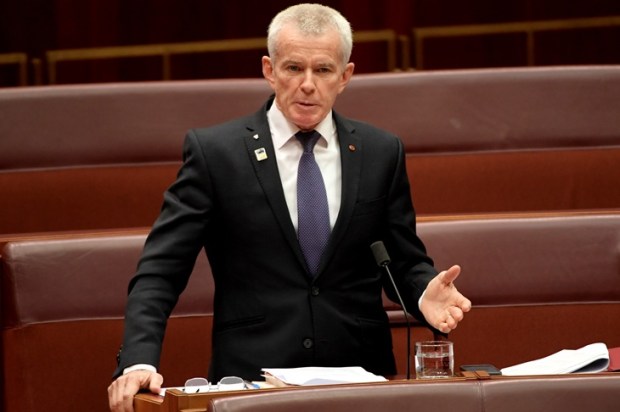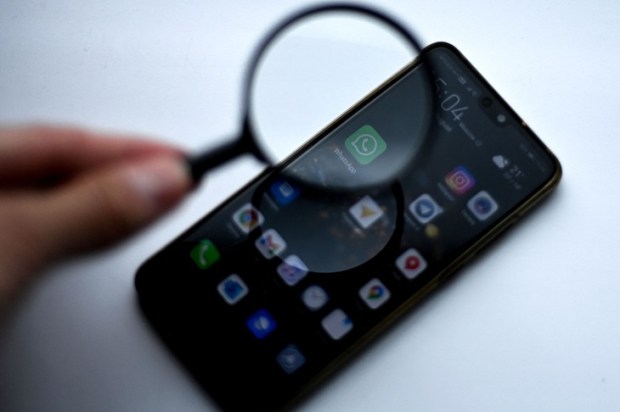There are credible arguments for the existence of the Office of the eSafety Commission, provided it acts as intended.
In a world with an ever-expanding digital footprint, having a connection between social media companies and citizens via a powerful middleman – the government – works if the aim is to report and act upon criminal behaviour that has gone unaddressed.
This conversation has nothing to do with hurt feelings or political ideas.
It also does not, in any way, justify the establishment of a biometric control mechanism to gatekeep access to social media, as Opposition Leader Peter Dutton woefully suggested last week.
In our community effort to protect children, we must always consider the consequences of legislation – unintended or otherwise. Anything that leads to the construction of a digital dystopia for adults that undermines political speech in the public forum must be rejected. There are always other options and there are always better choices.
Originally, the public expectation of the eSafety Commission was that it would chase up serious crimes, particularly those related to children, that slipped through the cracks of existing safeguards and ensure they were resolved. Crimes such as sex trafficking, kidnapping, and abuse. In adults, it may involve revenge porn, extortion, or online scams.
And to once again contradict the Opposition Leader, social media is not a lawless ‘Wild West’ environment. It is regulated through a range of legislative controls – both domestic and foreign – which work with self-imposed community safety guidelines and content tolerance standards. Algorithms work hard to automatically flag the worst offences.
Have Australian police forces stopped ‘all crime’? It would be wrong of Mr Dutton to throw stones at Twitter’s compliance to safety with the real-world crime rate in such a despicable state. People often feel safer online than they do walking the streets.
The sheer volume of content and speed with which it is uploaded creates a small but significant fail point where Australians may require an avenue to seek further help.
Given the recent real-world incident of a statue of the king being beheaded with ‘the colonies must fall’ scrawled nearby, Australians might also reasonably expect the eSafety Commission to work with social media companies to hand over the accounts responsible for posting criminal behaviour online in boastful posts. So far, we are still waiting, many months later, for Victoria Police to catch those who committed a similar act of hate speech against the entire nation.
The truth is the Office of the eSafety Commission has done some good work.
Detailed in a Freedom of Information request (23145), between October 2017 and September of 2023, the eSafety Commission received 22,045 complaints for the image-based abuse of young adults. 77 per cent of those were linked to sexual extortion and 23 per cent involved minors. The eSafety Commission, in a friendly collaboration with social media organisations, was successful in taking down 90 per cent of these complaints.
Social media companies did not complain about these requests to take down illegal footage – they welcomed the assistance.
In 2022, 500 hours of content was uploaded to YouTube every single minute. This is higher now. Twitter recorded 350,000 tweets a minute – or 200 billion per year.
These numbers are repeated across dozens of platforms.
The sheer number of customers means that the complaint departments of social media companies often leave something to be desired… Issuing official reports with the eSafety Commission was meant to be a way to prioritise serious violations that might have slipped through.
For example, from July 2015 to September 2023, 73,400 investigations into Child Sexual Exploitation were completed with 74 per cent being removed within three days.
This sort of work is not in dispute. It’s important.
However, the public row between the eSafety Commissioner and Elon Musk, CEO of Twitter, has overshadowed the work of the department.
There are various highly questionable removal instructions being issued, with Twitter singled out in regards to politically-charged topics and matters that fall well within the brief of ‘news’.
Attempting to censor political speech and newsworthy content is not what the eSafety Commission was set up to do, nor should the Commissioner, Julie Inman Grant, be concerning herself with matters that might hurt people’s feelings but do not reflect a violation of law.
Her poor judgment has allowed the News Corp chief to call for even more censorship of Twitter. Earlier, he accused the platform of profiting from violent content. No one challenged him on whether or not News Corp profited from printing images, footage, and stories related to the Twin Towers or more recently, the Ukraine and Middle East wars. Yes, this is hypocrisy. Corporate hypocrisy.
What we are seeing is old media riding the eSafety Commission’s poor judgement and then making demands to recommend additional censorship and constraints on the free market competition. News Corp’s desire to constrain Twitter is understandable. Mainstream media is rapidly bleeding ground to social media – with users sick of having their news filtered through identity politics. Customers voted with their feet, flocking to Elon Musk’s content model. This never would have happened if MSM maintained trust and quality during some of our most important cultural moments.
We cannot, as elected officials, allow corporate bickering to undermine freedom of speech or interrupt a natural evolution of technology. Nor can we condone ‘safety’ as a means to endanger the public forum.
If the Office of the eSafety Commission cannot separate censorship from child protection, it will have to be done for them, starting with demanding the resignation of the incumbent commissioner.
As an adult, I do not expect the government to fight my battles. Why doesn’t the eSafety Commissioner use their allocated budget to focus on improving the takedown rate of illegal and harmful content that involves children instead of wading into political battles? Adults with a long history of activism can defend themselves.
Some of these takedown orders came in violation of the wishes of those involved, such as Bishop Mar Mari Emmanuel who did not want footage of his attack taken down or used as a means to silence free speech. The eSafety Commissioner was not protecting him with the order.
These are all concerning instances of the eSafety Commissioner exposing the office to disrepute in the public eye. The irony of the eSafety Commissioner failing to comply with transparency timelines while deciding what Australians can and can’t view online is not lost on us – but what will be lost is confidence in the commission if the behaviour of the commissioner is not improved.























